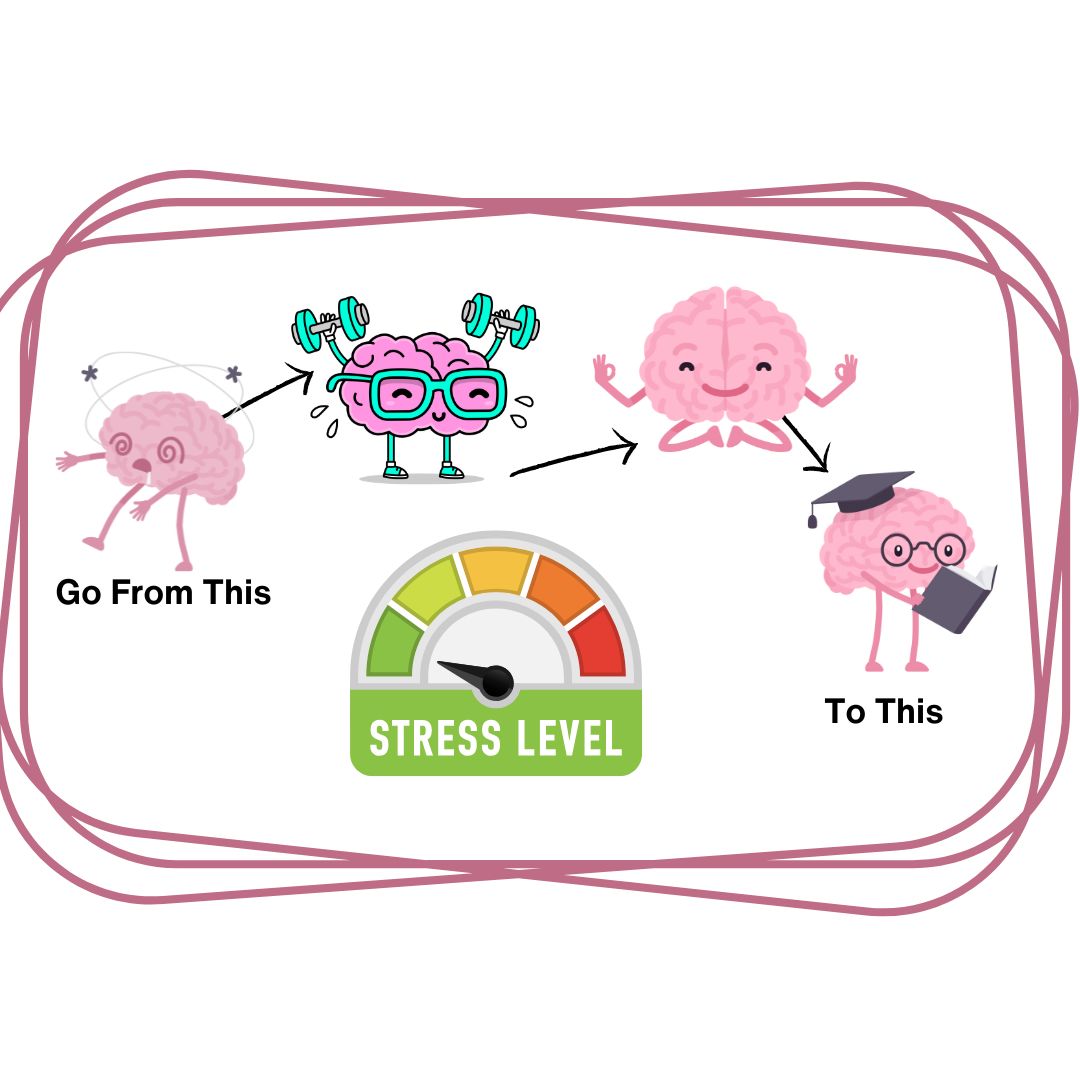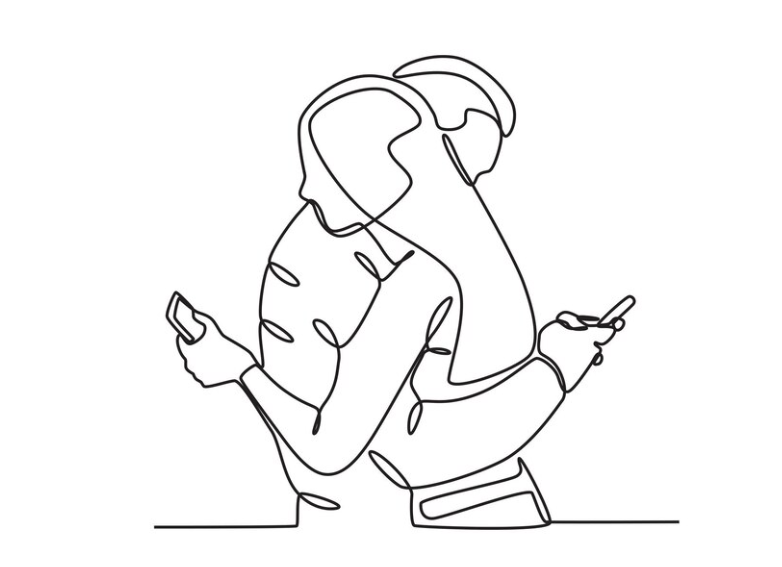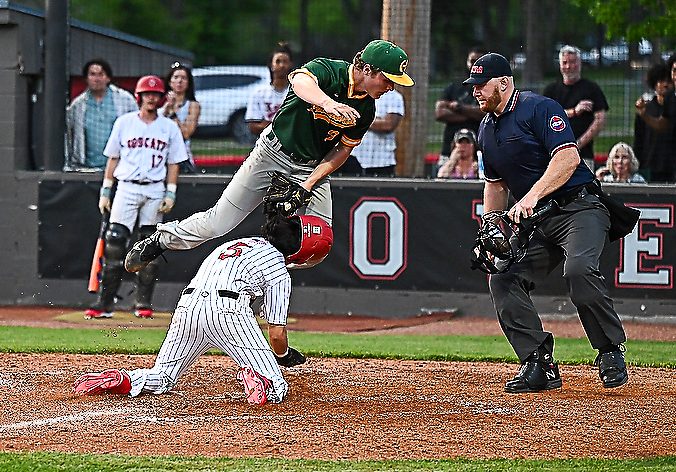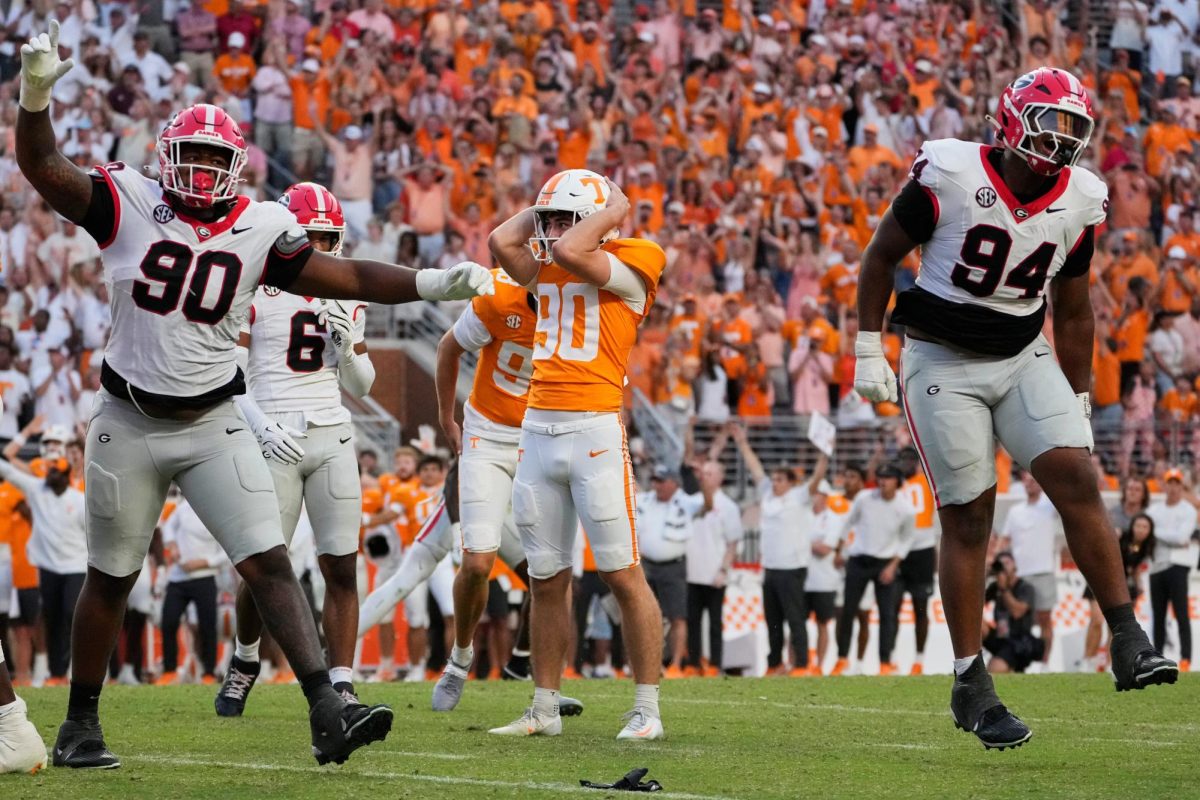Summer is here and fall sports athletes and coaches are in full-on practice mode for the upcoming season. As temperatures and humidity soar outside, coaches and athletes should be extra mindful of what 90+ degree weather does to one’s body. What every parent and athlete should know is, all MNPS coaches are required to complete several TSSAA sanctioned professional developments to give care to an athlete who is suffering from dehydration or worse. What is happening on the inside of the human body can become a life-or-death battle decided by just a few degrees.
The critical danger point outdoors for illness and death from relentless heat is several degrees lower than experts once thought, say the National Health Institute and researchers who put people in hot boxes to see what happens to them.
With much of the United States, including Tennessee suffering through blistering heat waves, several doctors, physiologists from the National Institute of Health and Vanderbilt University explain in recently published research how heat and our general wellbeing can combine to help or hurt our body’s response to heat.
This is especially important for athletes who are training outside for fall sports. The best way to prevent damage to your body is to know the symptoms and to immediately seek help.
The Importance of Core Body Temperature
The body’s resting core temperature is typically about 98.6 degrees Fahrenheit (37 degrees Celsius). Typically a body increase of 7 or more degrees can lead to heatstroke. TSSAA (Tennessee Secondary Scholastic Athletic Association) Tennessee’s central governing body for high school and middle school sports, each year publishes guidelines for coaches and athletes to follow when practicing outside during relentless heat.
That’s only 7 degrees away from catastrophe in the form of heatstroke, said Ollie Jay, a professor of heat and health at the University of Sydney in Australia, where he runs the thermoergonomics laboratory.
Dr. Neil Gandhi, emergency medicine director at Houston Methodist Hospital, said during heat waves anyone who comes in with a fever of 102 or higher and no clear source of infection will be looked at for heat exhaustion or the more severe heatstroke.
“We routinely will see core temperatures greater than 104, 105 degrees during some of the heat episodes,” Gandhi said. Another degree or three and such a patient is at high risk of death, he said.
How Heat Kills
Heat kills in three main ways, according to Vanderbilt Medical Center. Dehydration, heat stroke, and heat exhaustion are the three main culprits and both coaches and players should be aware of the symptoms of each.
The usual first suspect is dehydration. According to the Vanderbilt University Medical Center, dehydration is Dehydration is when you don’t have enough water in your body. The fact is ” the body’s water is 50% to 60% of your body weight. Mild dehydration can cause problems with blood pressure, heart rate, and body temperature. Severe dehydration can also cause weakness or confusion. In extreme cases, it can lead to brain damage and even death.— critical increases in body temperature that cause organs to fail. Heat stroke usually follows heat exhaustion and is more life-threatening. This leads to heat exhaustion or heat stroke.
“Dehydration can be very dangerous and even deadly for everyone if it gets bad enough — but it is especially dangerous for those with medical conditions and on certain medications,” Salas said.
Athletes are especially at risk for both heat stroke and heat exhaustion when regularly exercising when it is too hot. During heat exhaustion, your body temperature rises above normal. Your brain usually keeps your body temperature within a degree or two of 98.6°F (37°C). This temperature control is important because many processes in your body only work well within a certain range of temperatures. Staying hydrated is a significant action that athletes can control.
If the body can not lower its core temperature through sweating because it is dehydrated, it can suffer from heat exhaustion or heat stroke.
When sweat evaporates, it lowers your temperature. Your body can also lower the temperature by sending more blood to your skin and to your arms, legs, and head. This lets more heat escape. If your body can’t get rid of the extra heat, your body temperature will rise. In heat exhaustion, your body temperature may rise from 101°F (38.3°C) to 104°F (40°C). This can make you feel weak and dizzy. Your heart may not be able to pump enough blood. This can make you collapse and can lead to heat stroke without immediate steps to lower the core temperature.
Heat stroke occurs when your core body temperature rises above 104°F (40°C) while you also experience profound changes in brain function – “alterations in consciousness or mental status,” said Dr. Corey Slovis, a professor and chair of Emergency Medicine at Vanderbilt University Medical Center.
When inner body temperature gets too hot, the body redirects blood flow toward the skin to cool down. When this happens, combined with a body temperature over 102, the body sets off a cascade of events.
The heart rate increases to help the body rush blood to the skin to lower the core body temperature. That causes blood pressure to drop. Dizziness and nausea ensue. When the heart responds by trying to pump more blood to your skin struggles to keep you from from passing out. Eventually, something has to give.
Rushing to make patients cool
Heatstroke is an emergency, and medical workers try to cool a victim down within 30 minutes, Salas said.
The best way: A large tub of cold water is used to immerse the entire body. Basically, “you drop them in a water bucket,” Slovis said.
TSSAA Schools are required to follow the Heat Policy
the Wet Bulb Globe Temperature (WBGT) is above 92 or the heat index measure above 104 degrees. Within this policy TSSAA states that no activity can take place without a medically trained person
is at the event and an immersible tub is available. A trip to the ER is also very probable.
“We call it the silent killer because it’s not this kind of visually dramatic event,” Jay said. “It’s insidious. It’s hidden.”


















